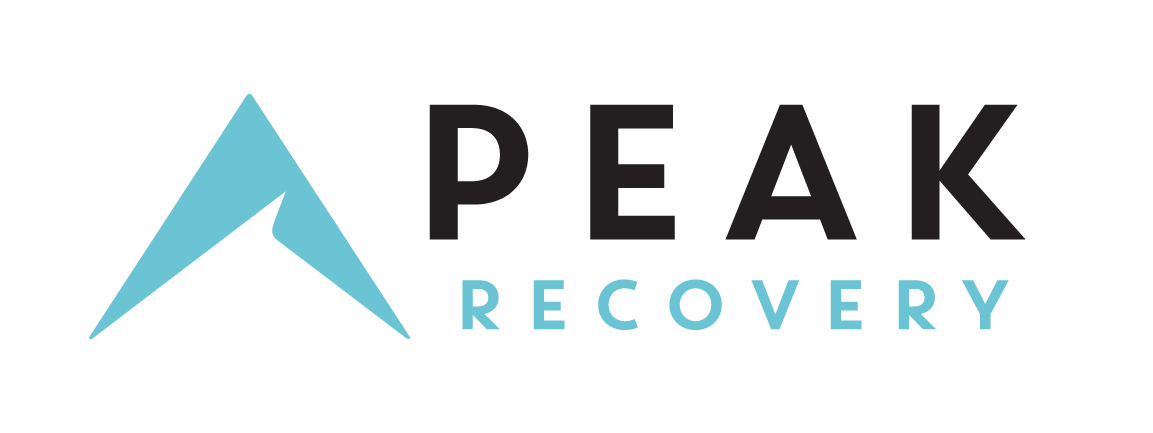
In recent years, the field of medicine has witnessed the emergence of a remarkable therapeutic technique called photobiomodulation (PBM). This cutting-edge approach involves the use of specific wavelengths of light to stimulate cellular processes and promote healing. As science delves deeper into the potential benefits of photobiomodulation, it is becoming increasingly clear that this non-invasive, painless therapy has the power to transform the way we manage various health conditions. In this blog post, we will explore what photobiomodulation is, how it works, and the exciting applications it offers in healthcare.
Understanding Photobiomodulation
Photobiomodulation is a therapy that harnesses the healing properties of light, specifically low-level laser or LED light, to stimulate and modulate cellular functions. It is based on the principle that certain wavelengths of light, when applied to the body’s tissues, can trigger biochemical reactions at the cellular level. These reactions lead to a cascade of beneficial effects, including enhanced tissue repair, reduced inflammation, and pain relief.
How Photobiomodulation Works
At the heart of photobiomodulation lies the interaction between light and cells. When specific wavelengths of light are absorbed by cells’ mitochondria (the energy-producing powerhouses of the cell), it stimulates a series of cellular processes. Here’s a simplified breakdown of how photobiomodulation works:
- Cellular Absorption: The targeted light wavelengths are absorbed by chromophores within the cell, primarily cytochrome c oxidase in the mitochondria.
- Increased ATP Production: Photobiomodulation enhances the production of adenosine triphosphate (ATP), a molecule that provides energy for cellular processes.
- Improved Cell Function: Elevated ATP levels lead to improved cellular function, including enhanced metabolism and DNA repair.
- Reduced Inflammation: Photobiomodulation helps regulate the production of pro-inflammatory cytokines while promoting the release of anti-inflammatory substances.
- Enhanced Tissue Repair: This therapy accelerates collagen production, which is crucial for tissue regeneration and wound healing.
- Pain Relief: By reducing inflammation and promoting healing, photobiomodulation can alleviate pain and discomfort associated with various conditions.
Applications of Photobiomodulation
Photobiomodulation has found applications across a wide range of medical disciplines, making it a versatile and promising therapy. Some notable applications include:
- Pain Management: PBM is often used to treat chronic pain conditions such as arthritis, fibromyalgia, and musculoskeletal injuries.
- Wound Healing: It accelerates wound healing processes, making it valuable in treating diabetic ulcers, surgical wounds, and burns.
- Neurological Disorders: PBM has shown potential in managing conditions like traumatic brain injury, stroke, and neurodegenerative diseases.
- Skin Health: Photobiomodulation can improve skin conditions, including acne, psoriasis, and dermatitis.
- Dentistry: Dentists use PBM to reduce pain and inflammation after dental procedures and promote tissue healing.
- Hair Restoration: It has been explored as a non-surgical option for hair regrowth in cases of androgenetic alopecia.
Photobiomodulation is a revolutionary therapy that holds the promise of transforming healthcare by harnessing the power of light to promote healing and alleviate suffering. As research continues to unveil its potential, we can anticipate even more applications and refinements of this remarkable technique. With its non-invasive nature, minimal side effects, and proven efficacy, photobiomodulation represents a beacon of hope for those seeking innovative and effective treatments for a variety of health conditions. As we move forward, it’s essential to stay informed about this evolving field and its potential to improve the quality of life for countless individuals around the world.

